Apple Macs have long had a reputation of being inherently more secure than their Microsoft Windows equivalents.
To an extent this is true; Studies suggest that Windows machines are still the target of the majority of malware, accounting for nearly 70% of detections. Furthermore, it’s Android mobile devices that are the new victims of choice for many hackers – and not iPhones, iPads and Macs.
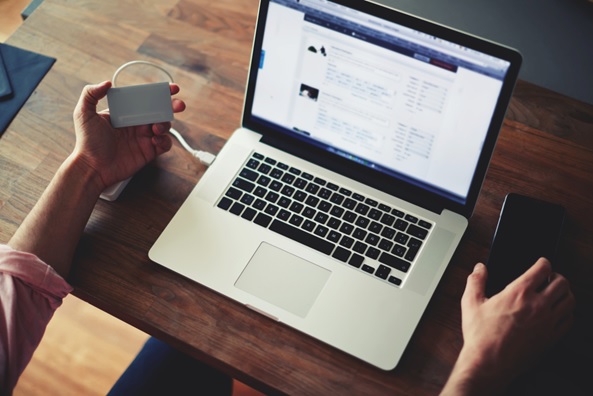
However, the fact remains that plenty of hackers are increasingly aiming to target Macs. Techradar reported on a 230% rise in Mac infections in 2017, so it’s clear that there’s no room for complacency for Mac owners.
With that in mind, this article discusses three ways in which you can step up your security efforts as a Mac owner. The days when it was “safe” to assume that Macs weren’t subject to the same risks as Windows PCs are long gone – so if you own a Mac, here’s how to reduce your chance of being a cybercriminal’s next victim:
1. Install some antivirus
When it comes to official advice, Apple stay noticeably tight-lipped regarding whether their machines require antivirus these days. The company discusses how they have “safety built right in” on this page about macOS security. But while Apple lists a bunch of things that make the operating system safe, they stop short of saying antivirus isn’t required.
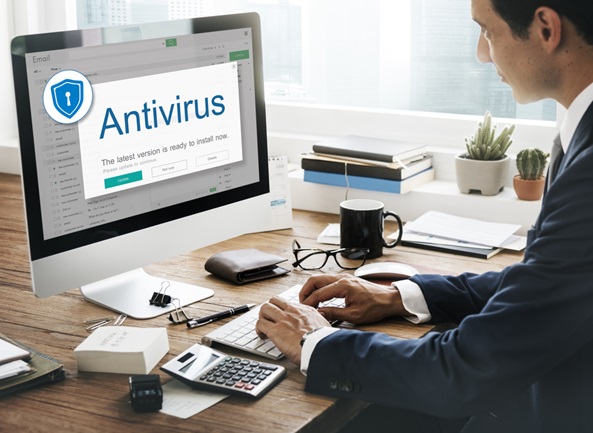
With that in mind, it seems like common sense to install some antivirus software if you want to be secure, as it’s now been well-proven that the “viruses only target windows” myth is increasingly inaccurate.
There are various antivirus packages out there for Mac from leading vendors, and some of them are available in free versions. Read some reviews, choose a product, and enhance your Mac’s security. It’s worth if only because the antivirus vendors may sometimes spot problems and vulnerabilities quicker than Apple do.
2. Use a VPN when you’re on the move
The image of a mobile worker using a Mac in a branch of Starbucks is now clichéd to the point of parody. However, much as some Windows users like to laugh at the stereotype, Apple’s success in mobile working circles in well-justified. The company has, for years, been producing laptops that are reliable and boast great battery life.
Unfortunately, many proud public Mac users could be putting themselves at risk of being hacked. The easy accessibility (and popularity) of public Wi-Fi makes it a prime target for cybercriminals, and articles abound online discussing how easy it is to compromise a network and rob people of their personal details. Some articles even give step by step instructions about how to stage such a hack.
The solution if you are a Mac user (or indeed anyone frequently using public Wi-Fi) is to always use a VPN solution for Mac when using a public network. VPN software encrypts the data moving between your Mac and the public internet. If anyone wants to try to hack you, they’re only going to gain access to encrypted nonsense – and will soon move onto an easier, less informed target!
3. Install updates religiously
In late 2017, Apple suffered some reputational damage that was a real blow to its secure reputation. Researchers discovered a fundamental flaw in the macOS operating system that made it easy to access a Mac, without the need for any password.
In reality, new vulnerabilities are discovered in apps and operating systems all the time. It’s far from unique to Apple, and patching these bugs is one of the main things software updates are all about.
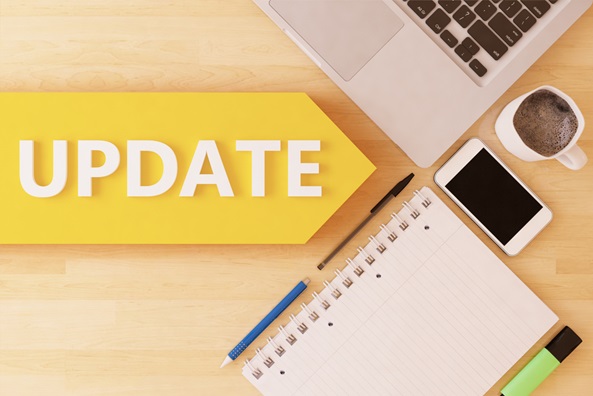
However, your Mac is only as secure as the most recently installed update. Sadly, many people don’t realise that those irritating update messages are prompting incessantly for very good reason.
As soon as a vulnerability is made public, hackers go to work on trying to compromise systems that haven’t yet been patched. Those systems belong to the people who click “remind me tomorrow” day after day.
When Apple releases a major new operating system update (such as when macOS Sierra was replaced with High Sierra), it’s often a good idea to wait in case there are any major bugs in the new product. But when it comes to the routine updates that you’re promoted to install, it’s best to assume they’re important, and refrain from continually delaying them.
Apple Macs ARE more secure that Windows machines, but they’re not bullet-proof. Taking some basic steps can help you avoid a hacker ruining your day.



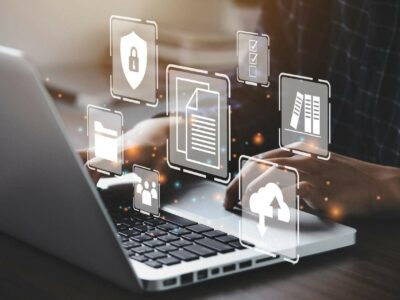

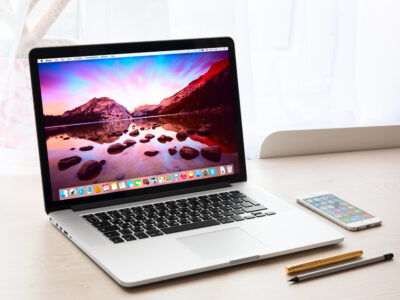




Comments